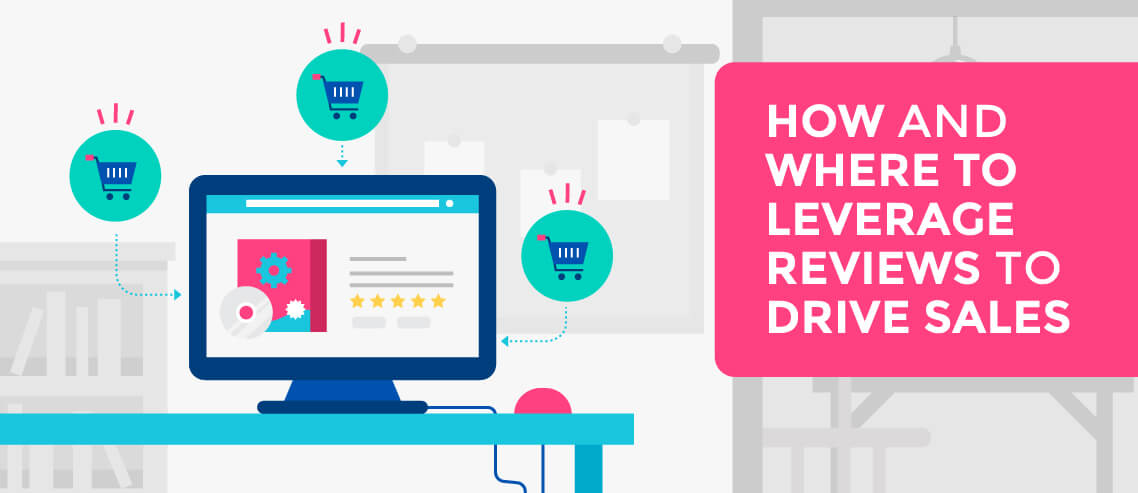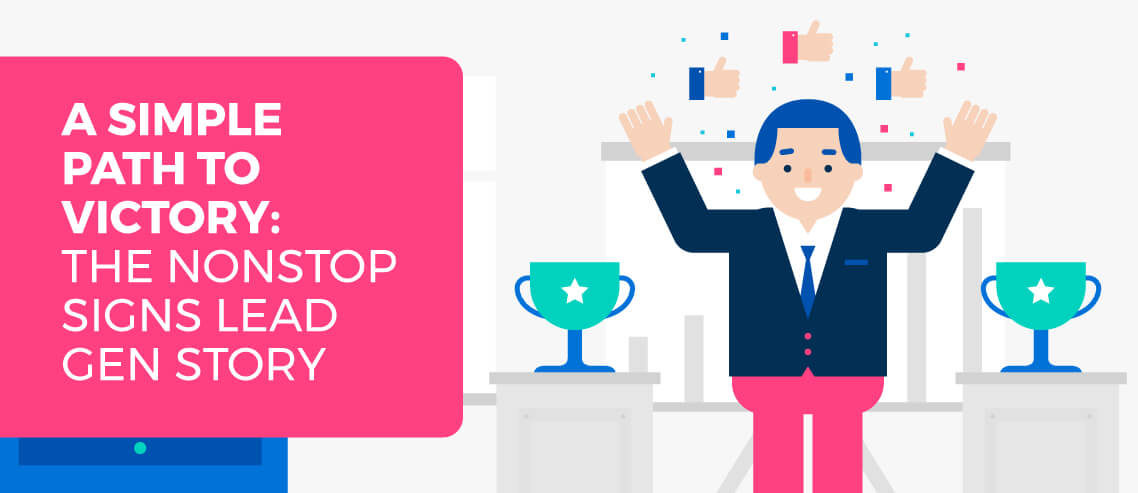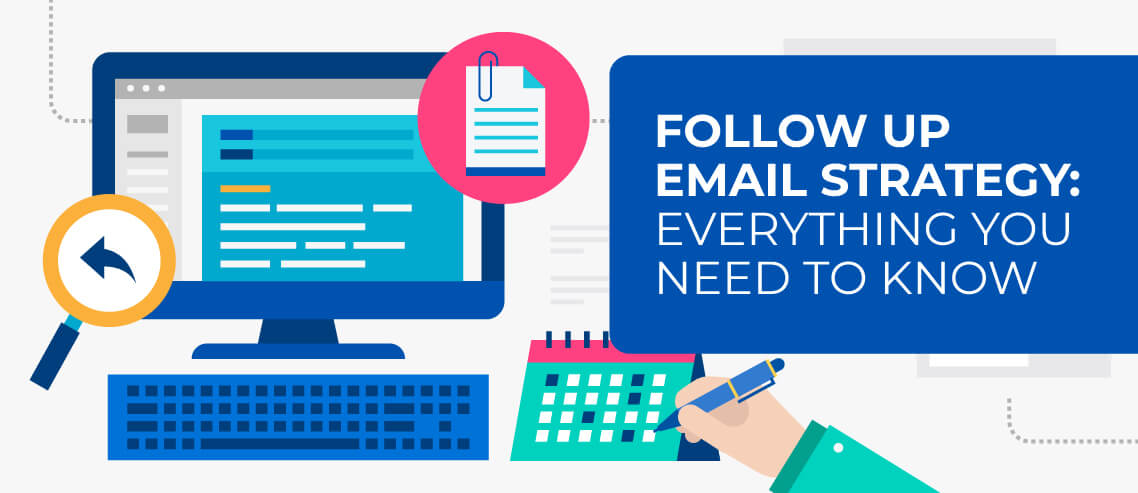How and Where To Leverage Reviews to Drive Sales

Contents
Everyone has interacted with a salesperson before, and it is easy to tell when someone is giving you the standard spiel. They begin an essentially scripted conversation explaining how their product can revolutionize the way you go about your job, save you more time than you will know what to do with, or make your life easier. Often in software sales, they claim to be the only product out there providing this type of offering and that their company is inventing a new space. But ultimately the value proposition is along those same lines.
It is one thing to hear all of this from a salesperson who is clearly motivated by commission, but it is an entirely different, more comfortable experience hearing the same value explanations from an unbiased third-party, like a colleague or friend.
Software sales representatives can offer this same genuine experience to prospects by leveraging customer reviews crowdsourced by third-party platforms. If you’re an account executive, there is power in deferring to user reviews instead of giving the regular pitch.
“You don’t need to take it from me that the product is great, go ahead and read reviews from actual users.”
That line is something that is preached frequently at G2 Crowd, my employer, which has more than 435,000 verified user reviews of thousands of different software products. It isn’t just us selling the value of reviewsr; statistics show that reviews are one of the most important closers in sales:
- Displaying reviews can increase conversion by 270% (Spiegel Research Center, 2017)
- 97% of shoppers say reviews influence buying decisions (Fan and Fuel, 2016)
- 88% of buyers are influenced in their buying decisions by reviews (Zendesk)
Customer reviews can provide value in many different areas of the sales funnel. Here are some actionable ways sales teams and businesses can leverage customer reviews to draw more authentic interest from prospects and close more deals:
Include reviews in email outreach
Email outreach is often the first line of attack for inside sales teams, and it is a great opportunity to use customer reviews to ease prospects into the sales cycle.
This can be as simple as including a link to a third-party product profile on G2 Crowd at the end of the message, or as forward as including quotes from the review up front or in the subject title. Others may choose to utilize links to customer reviews in their email signatures so that, no matter the reason for the email, the recipient can access and read user reviews.
Crafting a more targeted, personalized email using customer reviews can be effective as well. Find a review from a user who is in the same industry, at a company of similar size, and working in a comparable role as the email recipient. At that point, it is nearly the equivalent of a peer giving a recommendation.
Host third-party reviews on your website
Many websites tend to be filled with marketing jargon and buzzwords used to attract potential customers; however, it can be challenging for those prospects to cut through the marketing and see the actual value of the product or service.
That’s where customer reviews can be extremely valuable. Embedding review quotes on high-traffic pages can be impactful for businesses. It is an easy way of proving that the product is liked by users, and it helps build rapport and trust with prospects beyond the traditional marketing copy. It is encouraging for those researching a product to know that it is well liked by real users.
Build reference pages around customer reviews
Traditionally, sales teams have had three to five goto customers that they use as references when prospects ask for them. These customers are generally the happiest with the product and therefore they turn into brand advocates for salespersons. But these references are not nearly as transparent or unbiased as customer reviews. Sales teams can build reference pages around user reviews to give that next level of accountability to further build trust with a prospect.
This trust is built by showing all aspects of the review; the likes and the dislikes. By showing both sides of a customer’s opinion it just further expands the transparency. It is powerful to build personalized reference pages as well, that contain reviews from the same company size and users in the same industry as the prospect. These references can hold more weight than the three happiest customers.
Create case studies based on customer reviews
Another great use of customer reviews is in case studies used by sales teams as collateral. Similarly to reference pages, using real user reviews to explain how current customers are taking advantage of a product or service is powerful.
Again, it is not using reviews from the three happiest customers: It can be a series of reviews showing how businesses are solving their problems and that they were so enthusiastic about it that they took the time to write a review.
Most case studies are built out by marketing teams, and sourcing those customers to highlight can sometimes be a challenge. However, by tapping those who have already written positive reviews, marketing teams can easily identify candidates for a case study.
Use reviews in infographics
Infographics have become one of the most popular pieces of marketing collateral because they quickly and simply emphasize key areas of a solution for prospects. Often, infographics contain quantitative data taken from surveys, but they can also contain customer reviews. It is a good practice to mix in quotes from reviews that accentuate certain quantitative data to further drive home the point sales reps are making.
These are just a few of the ways that sales and marketing teams can help to close more deals by using customer reviews. A few other places to present customer reviews are social channels and events. By tweeting or sharing a positive review on LinkedIn, sales reps can further spread the word of their customers. Putting user reviews on an event booth or digital signage can also attract potential prospects. There are seemingly endless ways to leverage reviews, but there is no doubt that sales teams that take advantage can use them to close deals.





